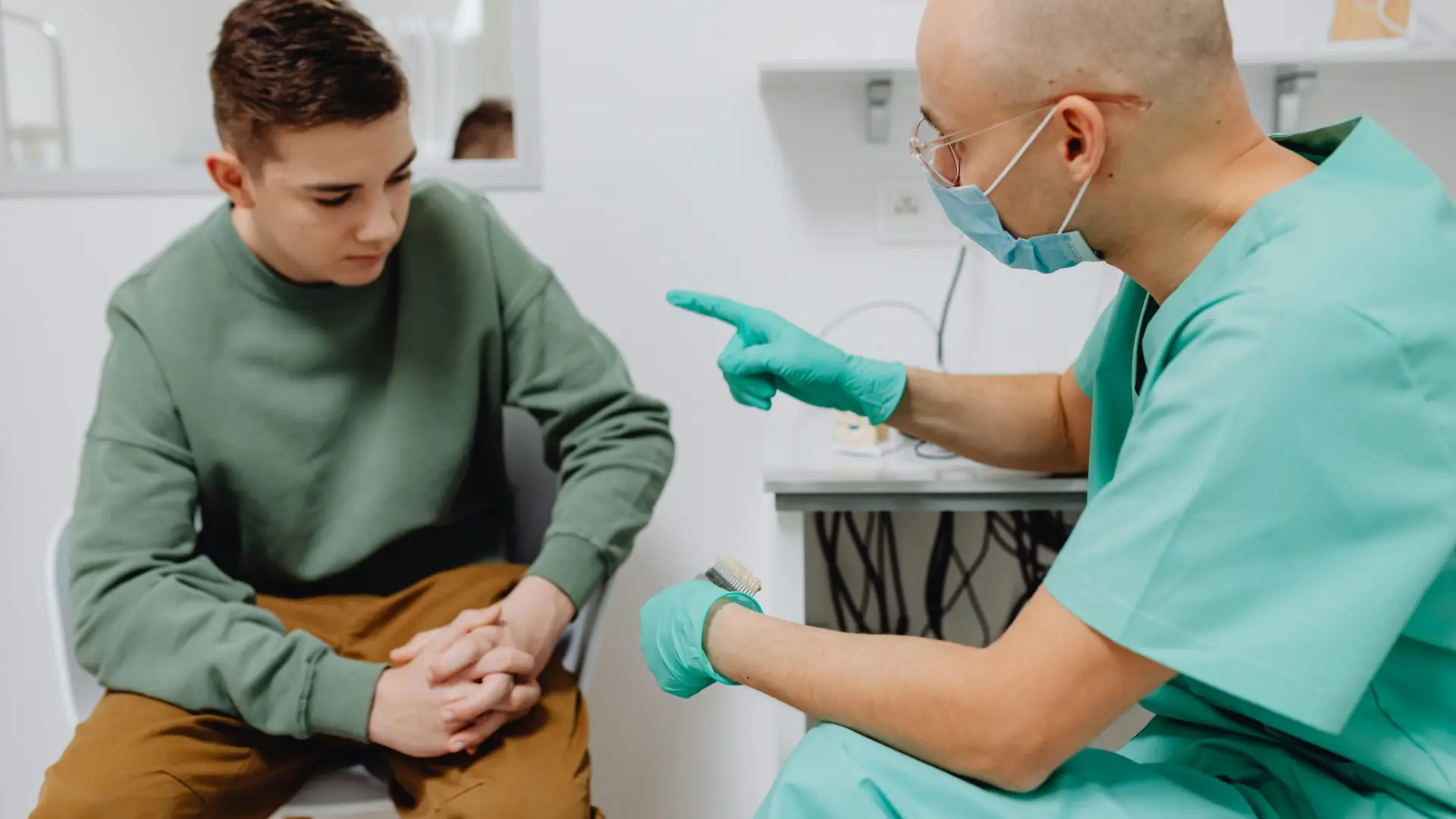
By Dr. Miguel Sánchez Encinas, Director of Urology, Leuvar International Hospital and Rey Juan Carlos University Hospital.
Every November, the Movember movement reminds us of the importance of taking care of men’s health. Among the major issues, one in particular deserves attention. It’s testicular cancer. The most common tumor in young men between the ages of 15 and 35.
According to the latest estimates from the Spanish Cancer Registry Network (REDECAN) and the Spanish Society of Medical Oncology (SEOM): In 2024, approximately 1,549 new infections were diagnosed in Spain. Although this number is modest on a global scale, it directly affects men in the midst of their life and reproductive years.
Cancer that is more than 90% curable if detected early
Testicular cancer occurs when cells in the testicular tissue begin to grow out of control. In 90-95% of cases, it originates from germ cells. Responsible for sperm production. There are two main types. One is seminoma, which is most common between the ages of 30 and 35, and the other is non-seminoma, which usually appears earlier, between the ages of 15 and 25.
Testicular cancer is most common in men between the ages of 15 and 35.
The most recognized risk factors include cryptorchidism (undescended testis), family history, and having a tumor in the other testicle. But the good news is clear: even in advanced stagescure rates are over 90% thanks to surgical advances and the effectiveness of chemotherapy.
Most common symptom: painless lump
The first warning sign is usually An increase in the size of the testicles or the appearance of a painless hard lump. “It’s important not to ignore this change or wait for discomfort to occur,” says Dr. Sánchez Encinas. “Most patients don’t show up on time due to fear or embarrassment, but early detection makes the difference,” he added.
Dr. Miguel Sanchez Encinas
- “Lumps aren’t necessarily synonymous with cancer, but they shouldn’t be ignored either. Early detection can save lives.”
Fortunately, this is one of the few cancers where detection depends on the patient themselves. It is enough to perform a monthly testicular self-examination. The ideal time is after a shower, when the skin of the scrotum is relaxed. If the area becomes hard or you notice a feeling of lump or heaviness, you need to go to a urologist as soon as possible.
Diagnosis and treatment: Surgery and possibly chemotherapy
The initial treatment includes: Surgical removal of the affected testicle (orchiectomy). Unlike other tumors, no prior biopsy is performed. The entire testicle, along with the spermatic cord, is removed to prevent the tumor cells from spreading.
If the cancer is detected early, this surgery is usually sufficient. In more advanced cases or if there are metastases, the next step is chemotherapy, which has proven to be very effective. “Once treatment is complete, the majority of patients are cured. Only a small percentage of cases, 10 to 15 percent, will relapse within the first two years,” explains Dr. Sánchez Encinas.
therefore, Tracking is essential: Regular examination with analysis of tumor markers and imaging tests (CT) allows to guarantee recovery and detect recurrence in time.
In summary, testicular cancer is a rare disease with an excellent prognosis if detected early. The key is self-exploration and eliminating taboos. Talking about testicles is also talking about health.



